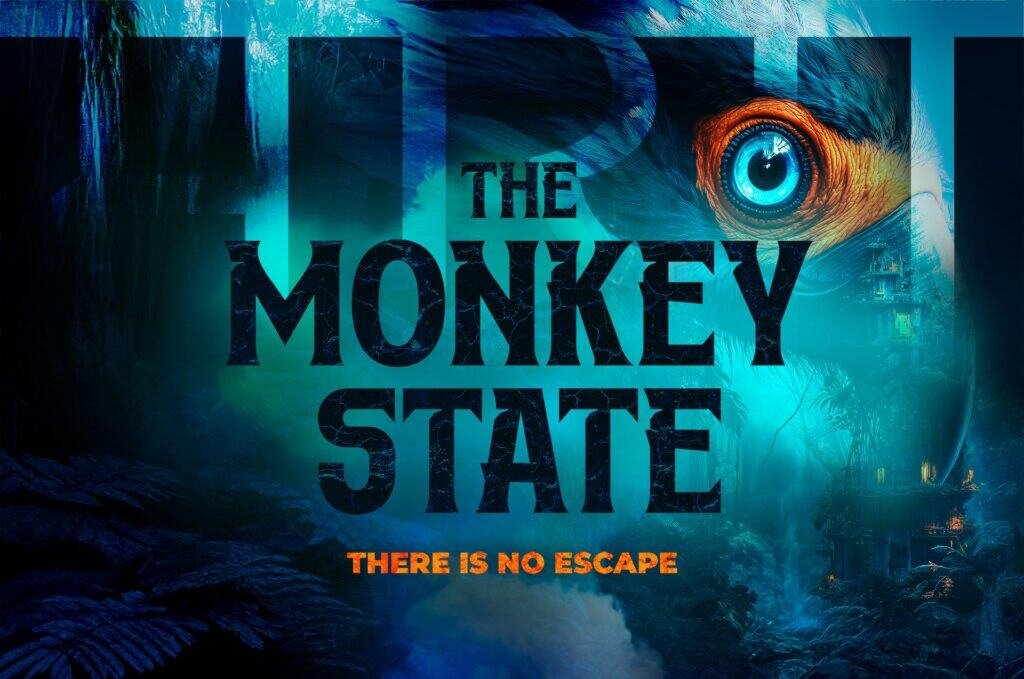AI Image Generators: Why I’ve Embraced My Newest Competitive Advantage
After 25+ years in the design industry, I’ve created approximately 46 billion pixels of original work. Here’s why I’m not mad that AI trained on them—and why I’m leveraging this technology as my strategic advantage.
“Is AI image generation ethical for professional designers?”
Full disclosure: I’m all in on this technology! I’ve recently integrated AI image generation into my workflow to create book cover designs for clients. This wasn’t a decision I made lightly, but one based on careful consideration of both ethics and business realities.
My work has likely trained these systems (those 46 billion pixels I mentioned). Rather than fighting the inevitable, I’ve chosen to leverage it. Why? Because competitive markets demand innovation. Those who adapt thrive; those who don’t get left behind.
“What business advantages do AI design tools provide?”
Let me share the concrete benefits I’ve experienced:
- Reduced production costs while maintaining high-quality deliverables 💰
- Accelerated project timelines to capture market opportunities faster ⏱️
- Resources freed up for higher-value strategic activities 🏆
- Expanded creative possibilities beyond traditional constraints ✨
For small to mid-size businesses especially, AI adoption isn’t optional anymore—it’s essential for maintaining market relevance and ensuring continued profitability.
“Does AI replace human design expertise?”
Absolutely not! The competitive edge comes not from the technology alone but from how it’s deployed.
Expert curation still matters enormously. AI outputs require refinement and integration into comprehensive design solutions using industry-standard software like Photoshop, InDesign, and Premiere Pro.
Remember: these design tools were once considered “cheating” too. Now they’re foundational to competitive design businesses.
“What about the legal questions around AI-generated content?”
While the legal landscape will evolve, waiting for complete regulatory clarity means missing significant market opportunities NOW.
The pragmatic approach is to adopt these tools while remaining adaptable to future changes. This positions your business ahead of competitors who may be hesitant to innovate.
“Can you show a real example of how this works?”
Yes! The book cover for Jim Roberts (who deserves kudos for being brave enough to allow me to use this technology) used AI image generators, but it’s still 95% human in its creation.
Why? Because it took:
- 25+ years of experience to know this design was the right one
- 3 days of research including meetings and client presentations
- Multiple image generations
- Hours of Photoshop work
- Design idea development and final artwork adjustments
- Fine-tuning typography in Adobe InDesign
Honestly, it’s probably more like 98% human! 🧠✨
“Should my business invest in AI design tools?”
For businesses seeking competitive advantage, the question isn’t if you should use AI—it’s how strategically you implement it.
The subscription costs for premium AI tools represent a minimal investment compared to the value generated. Consider it leveraging previously created assets in new, profitable ways.
Those who resist this technological shift risk being outpaced by more agile competitors. The businesses that thrive will be those that skillfully blend AI capabilities with human expertise to deliver superior client outcomes.
Are you ready to discuss how AI can transform your design approach? Call me.



